Jimsonweed
Poisonous when consumed.
- Nightshade (Solanaceae family):
- Datura stramonium L.
- EPPO code:
- DATST
- Other names:
- Thornapple, locoweed, devil’s trumpet, hell’s bells, stinkweed, prickly burr
Species information
- Lifecycle:
- Annual.
- Propagation:
- Reproduces by seed.
- Emergence:
- While the majority of jimsonweed seed germinate in May and June, they can germinate later in the summer as well.
- Habitat:
- Jimsonweed prefers warmer environments. For this reason, it is often found in southern Ontario around the Great Lakes. It can, however, also be found in eastern Ontario and parts of western Quebec.
- Competitiveness:
- Studies conducted in the United States by Hagood et al. (1981) showed yield losses in soybeans as high as 45 percent where crops compete with jimsonweed at densities of 44,000 plants/ac.
- Toxicity:
- All parts of jimsonweed are poisonous and should never be consumed. If accidentally consumed, seek medical attention immediately.
Identification clues
Leaves
- Cotyledons:
- Linear and narrow; the stem attached to cotyledons is hairy.
- First true leaves:
- First true leaves are egg-shaped , tapering to a pointed tip, have few to no lobes and a relatively long stalk.
- Mature leaves:
- Large and wide, mature leaves are usually sharply toothed or lobed and grow on stout stalks.
Mature plant
- Stem:
- Jimsonweed stems are erect, stout, hollow, smooth and hairless, and have an alternate leaf arrangement. The stem branches out in the upper part. It is green to purple in colour, and has a distinct, foul odour when rubbed. It can reach 90–200 cm.
- Flowers:
- Individual flowers, which are large and funnel-shaped, and white to purple in colour, grow on the plant’s short stalks. Jimsonweed flowers from July to autumn.
- Fruit:
- The egg-shaped fruit of jimsonweed is covered with stick prickles. As it matures, the fruit splits into four segments. It eventually turns into a hard seedpod that contains multiple black, round, flat seeds.
- Roots:
- Jimsonweed has a thick and extensively-branched taproot.
Often mistaken for
I know it's not Cocklebur because jimsonweed leaves are smooth to the touch, while the leaves of cocklebur are coarse and sandpaper-like. Also, jimsonweed has a distinct, foul odour.
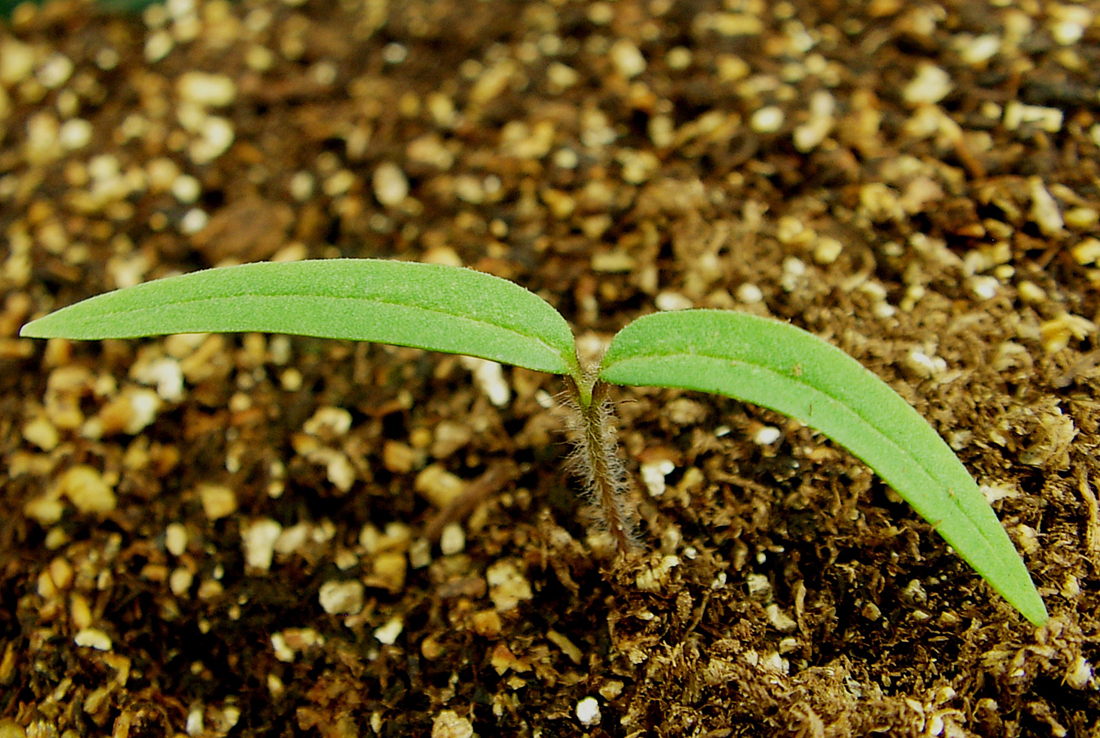
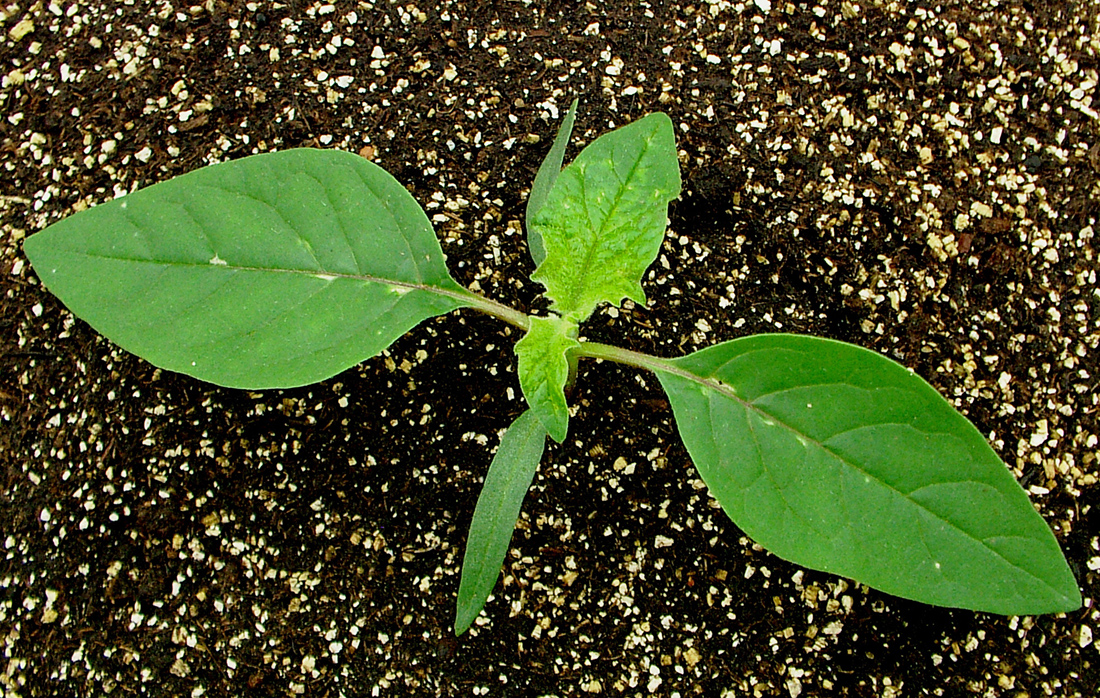
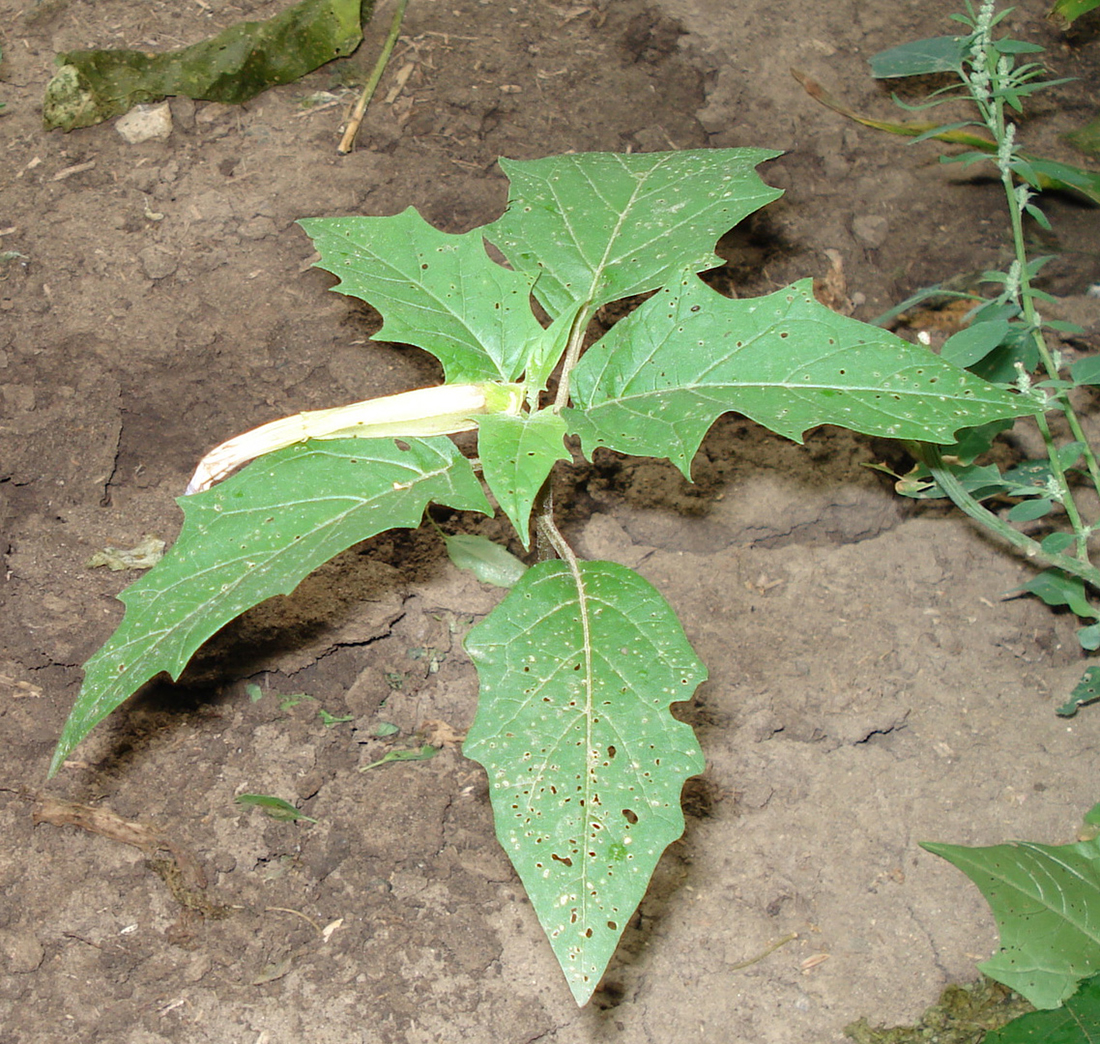
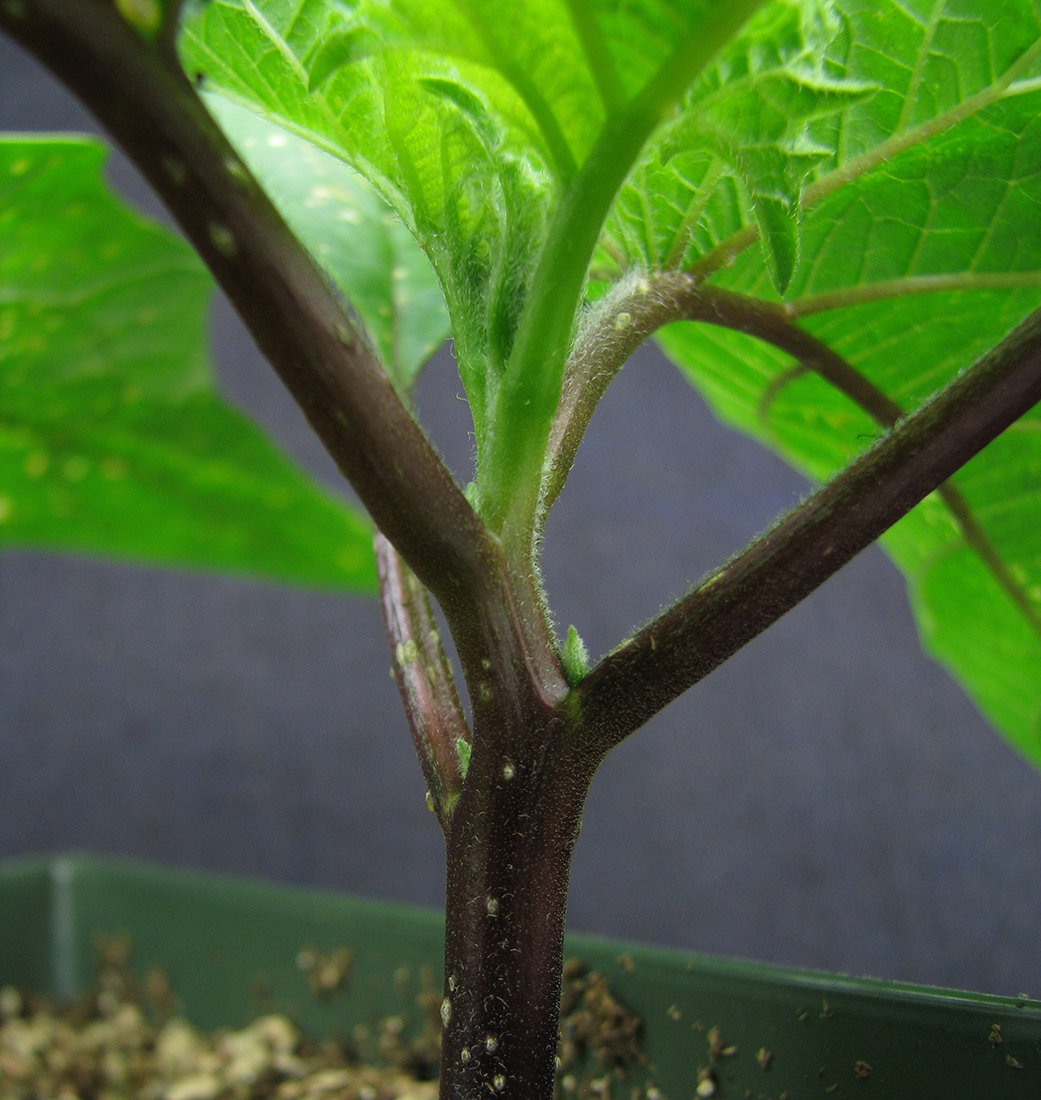
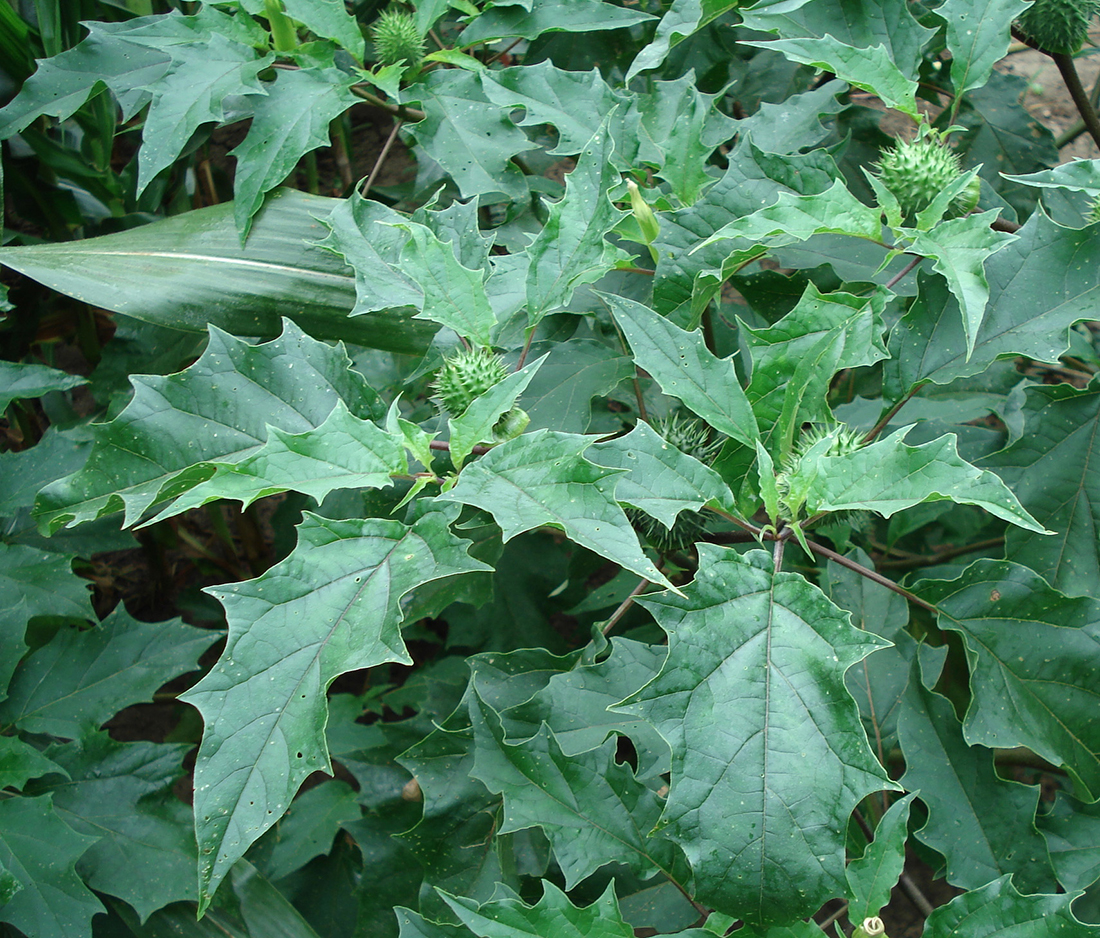
Updated: January 13, 2023
Published: January 13, 2023